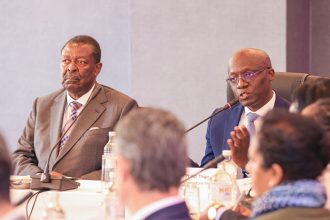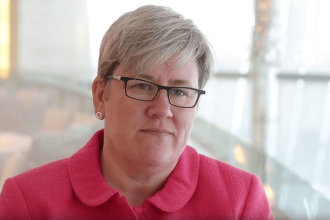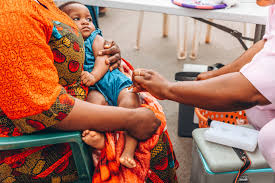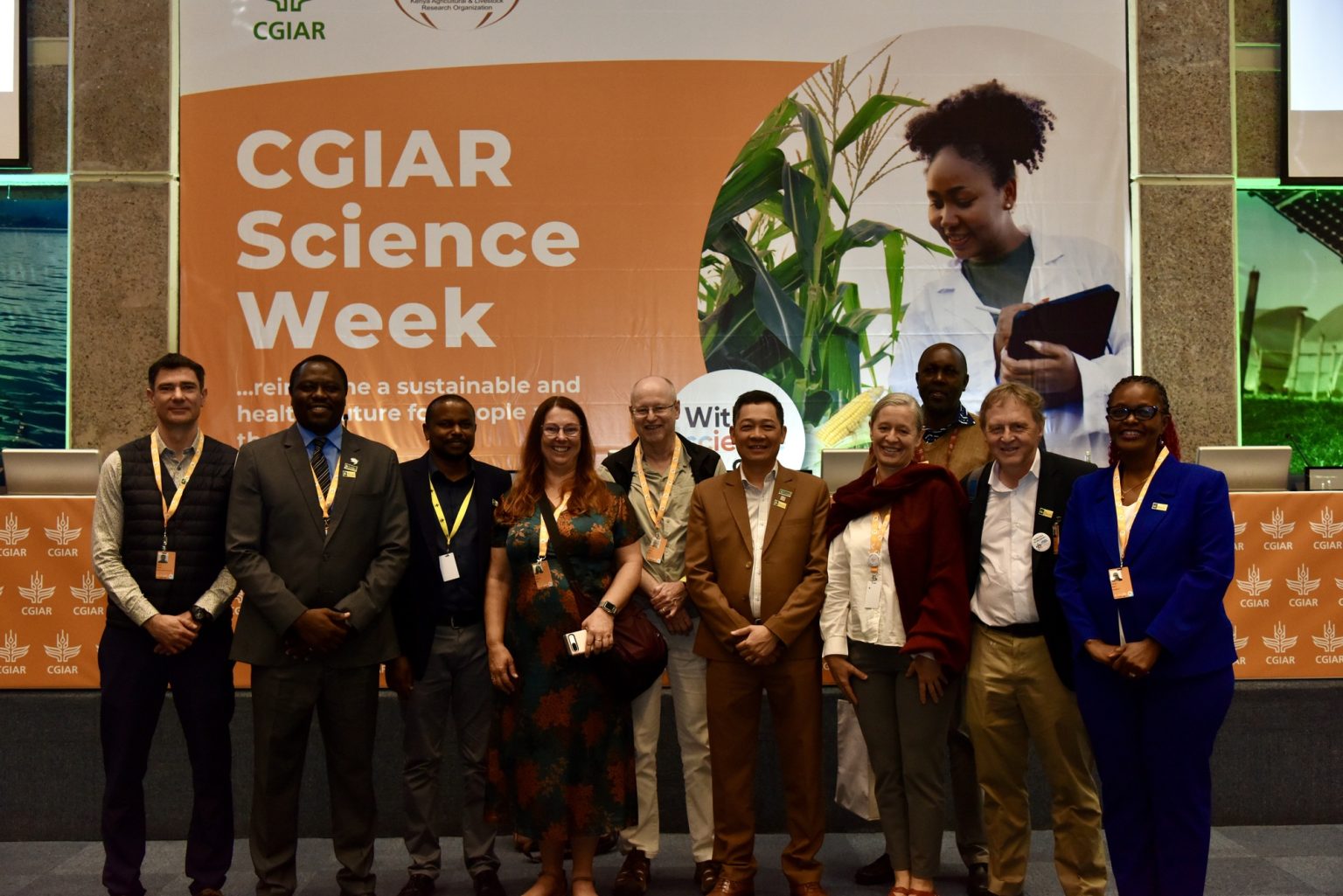By Lenah Bosibori
The Sustainable Animal and Aquatic Foods (SAAF) Science Program, part of the CGIAR 2025–2030 research portfolio, is spearheading a bold transformation of animal and aquatic food systems making them more nutritious, climate-smart and inclusive.
Speaking during a high-level session at CGIAR Science Week, Dr. Rodrigue Yossa, Interim Director of the SAAF Program, highlighted that animal and aquatic food systems are under unprecedented pressure and warned that “business as usual” is no longer an option
“We cannot afford business as usual, demand for animal-source foods will rise by 30% by 2050, low and middle-income countries (LMICs) will drive this growth- along with associated emissions,” shared Yossa. “SAAF bridges science with action, ensuring farmers adopt innovations that boost productivity while protecting the planet.”
By 2050, the global population will near 10 billion. Ensuring everyone has access to a healthy, sustainable diet is one of the greatest challenges of our time.
Small-scale producers, who supply over 70% of Africa’s and Asia’s livestock-derived foods, as well as contributing significantly to the total fish catch 66% in Africa and 47% in Asia – are crucial to feeding the growing global population.
Yet they face mounting challenges: soaring input costs, fragmented policies, and a lack of access to financing and technology. Meanwhile, livestock contributes 14.5% of global greenhouse gas emissions, while unsustainable fishing practices endanger biodiversity.
Rising demand for animal and aquatic foods, coupled with climate change, environmental degradation, systemic inequities, productivity gaps, threatens food security and livelihoods particularly in LMICs.
With implementation planned in 17 countries including Kenya, Ethiopia, Bangladesh, Colombia, and Ghana, SAAF is on track to reach more than 1.7 million people through 18 targeted projects. The program seeks to unlock Ksh. 10.9 billion ($84 million) in funding, driving high-impact innovations such as methane-reducing tropical forages and carbon-sequestering seaweed farms.
SAAF directly addresses these challenges through six integrated areas of work that target the complexity of animal and aquatic food systems. These include improving productivity through genetics and animal health; advancing regenerative aquaculture and low-emission livestock systems; ensuring food production is safe and healthy for people, animals, and ecosystems using One Health approaches; and expanding opportunities for women and youth across value chains.
The program also leverages cutting-edge digital innovations such as AI and blockchain to drive smart decisions, while enabling inclusive, data-driven markets that support smallholder producers.
“Policy gaps and high feed costs stifle small-scale fishers. SAAF’s focus on aquaponics, digital tools, and gender equity will revolutionize Kenya’s blue economy.” said Lucy Obungu, Director of Fisheries in Kenya.
These ambitions are backed by a strong commitment to partnership. National governments, universities, particularly from the Global South, NGOs, and private sector actors are key collaborators in SAAF’s design and execution. Rather than replacing local systems, SAAF boosts national capacity through technical support, extension training, and innovation hubs.
“SMEs are the backbone of food systems,” said Kristen Girvetz, co-founder of AgThrive. “With 75% of agri-SMEs underfunded, SAAF’s investment readiness programs can unlock capital for scalable solutions.”
SAAF’s farmer-first approach ensures on-the-ground impact. “Farmers need affordable, practical technology—not just theories,” said Oliver Mukunza, a dairy farmer from Kakamega. “Simple practices like cow comfort have helped me cut costs and improved my income.”
SAAF directly supports CGIAR’s 2030 agenda – ensuring that food systems are climate-resilient, inclusive, nutrition-driven and powered by innovation. The program’s ultimate vision is to sustainably transform animal and aquatic food systems into sources of nutrient-dense, low-emission foods that improve lives, health, and the environment across low- and middle-income countries.
“SAAF is more than a program; it’s a platform for systemic change. By uniting research, policy, and private sector action, we can ensure nutritious, sustainable foods for all,” said Ishmahane Elouafi, CGIAR Executive Managing Director.




